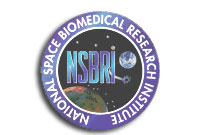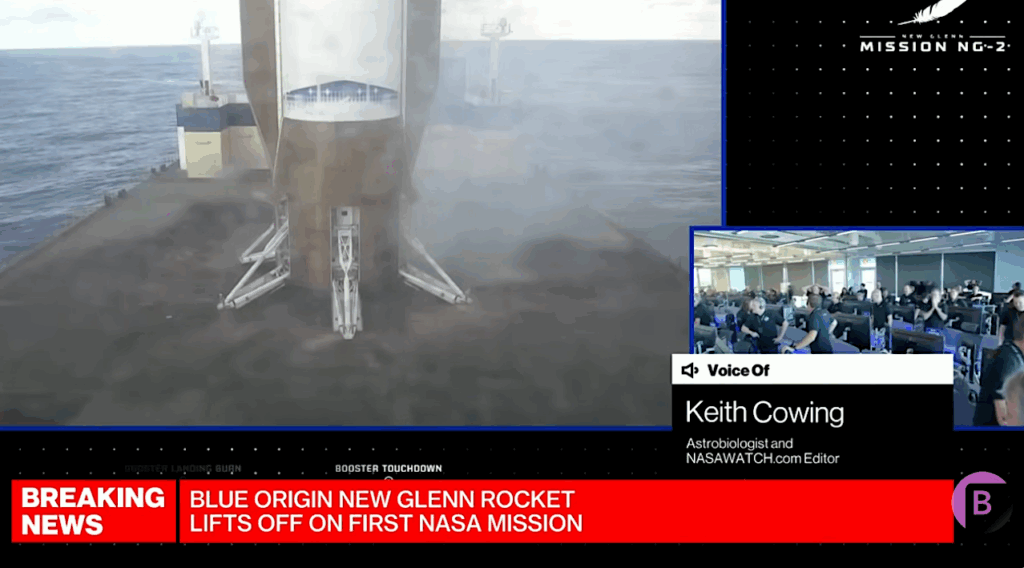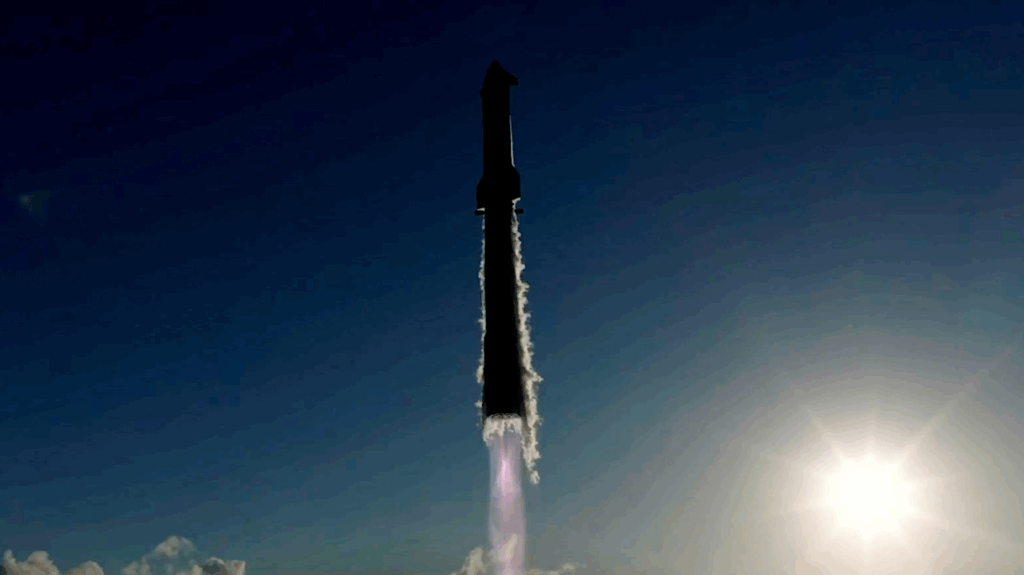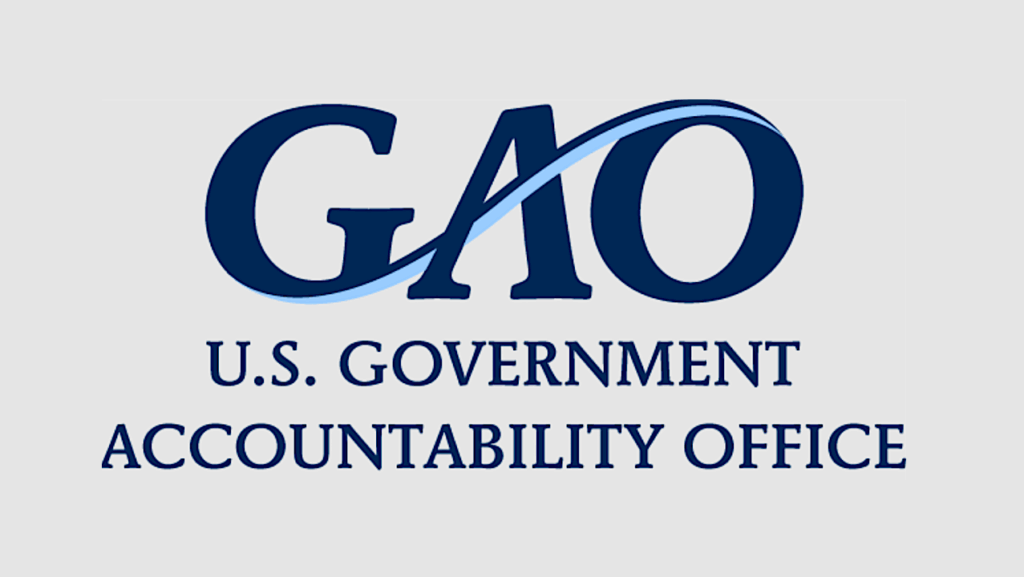Another NASA Spinoff That NASA Won't Tell You About
 Space researchers develop ultrasound technology that detects, treats kidney stones, NSBRI
Space researchers develop ultrasound technology that detects, treats kidney stones, NSBRI
“Just the mention of kidney stones can cause a person to cringe. They are often painful and sometimes difficult to remove, and 10 percent of the population will suffer from them. In space, the risk of developing kidney stones is exacerbated due to environmental conditions. The health risk is compounded by the fact that resource limitations and distance from Earth could restrict treatment options. Scientists with the National Space Biomedical Research Institute (NSBRI) are developing an ultrasound technology that could overcome some medical care challenges associated with kidney stone treatment.”
 Keith’s note: Wow, a real spinoff with potential applications to a vast number of people on Earth. But is there any mention at the OCT website? ISS National Lab? CASIS? Why is NASA so woefully incapable of promoting the actual benefits from its research that it crows about in Congressional testimony and PAO puff pieces?
Keith’s note: Wow, a real spinoff with potential applications to a vast number of people on Earth. But is there any mention at the OCT website? ISS National Lab? CASIS? Why is NASA so woefully incapable of promoting the actual benefits from its research that it crows about in Congressional testimony and PAO puff pieces?
 Keith’s update: What is really pathetic – and troubling – is the response posted by ISS contractor employee Justin Kugler in the comments section. Kugler and the people entrusted with the utilization of this expensive national asset seem to be oblivious to the responsibility that they have to explain to all “stakeholders” (including taxpayers) what these tens of billions of dollars have been spent on. When these people can’t even get off their collective asses to make note of true and exciting spinoffs of great potential to people (such as this one) you really have to question whether NASA has the right people working on this project – and that starts at the top (Mark Uhran).
Keith’s update: What is really pathetic – and troubling – is the response posted by ISS contractor employee Justin Kugler in the comments section. Kugler and the people entrusted with the utilization of this expensive national asset seem to be oblivious to the responsibility that they have to explain to all “stakeholders” (including taxpayers) what these tens of billions of dollars have been spent on. When these people can’t even get off their collective asses to make note of true and exciting spinoffs of great potential to people (such as this one) you really have to question whether NASA has the right people working on this project – and that starts at the top (Mark Uhran).









About five+ years ago some of the software used on intelligence gathering satellite images was declassified, and has been used to enhance digital x-ray images, especially for mammograms. This technology enabled detection of a cancer in an older female patient about three years before it would have been detectable either by palpation (manual detection of a lump) or standard x-ray. This is a lifesaving capability that has NOT been touted by NASA or any other agency that I can find, except for the original 10 second spot on TV when the software was declassified. This shows one definited spinoff from space exploration/development.
For those of us who have to deal with Kidney stones regularly, this process can’t become commonly available soon enough. Science truly is fabulous.
Steve
You’re right Steve. Who needs NIH working on medical things when you have NASA and NSBRI doing it.
It’s difficult to tell how new this
really is. I was immediately reminded of the “lithotriptor” developed in the 1980s, and the two techniques appear somewhat similar, though the lithotriptor uses a shock wave (the Fourier components of which include ultrasonics by definition). It also uses ultrasonics to “target” the offending stone. See:
http://en.wikipedia.org/wik…. Lithotripsy has been used on millions of patients over the past generation with generally good results.
I’m not sure why you think it is the job of either the ISS National Lab Office or CASIS to promote an NSBRI project that is NASA-funded when our focus is on external partnerships. That’s NSBRI and PAO’s job.
If this is being tested on the ISS through HRP, though, I’m sure it will appear in the ISS benefits project that the ISS Program Science Office is working on right now.
Or are you just trying to pick yet another fight?
Justin – the fact that someone such as yourself who works on ISS utilization is so thin-skinned about taxpayer commentary and dismissive of the notion that the agency has a responsibility to back up all the PR with real results points to an ongoing problem within the ISS program. You people (starting at the top with Mark Uhran) just do not care to be responsive to the responsibility that goes with being given vast sums of taxpayer money to spend on things such as the ISS. Saying “its not my job” or “it is someone else’s job” is just plain lazy and you ought to be embarrassed by the tone you take. Indeed the fact that your attitude is typical of the average mindset within the ISS program is scary.
The only one coming off thin-skinned here is you, Keith.
It is neither my job nor is it possible for me to track everything NASA does everywhere. You are being wholly unreasonable.
There is absolutely no mention of the ISS in the original NSBRI post, but I did tell you where I expected it would show up if it is, in fact, associated with ISS research.
You chose to resort to cheap shots, attribute arguments to me that I never made, and lob petty insults, which only proves my point that your main goal here was to pick a fight.
You once told me on the phone that you liked me because I have backbone. Did you forget that? I still do and I am proud of the work I do to support research on the ISS. I simply have had enough of your insults and outright misrepresentations of good work being done by honest people just for the sake of continuing a personal vendetta on your part. You showed your hand by bringing up Mr. Uhran.
CASIS was doing their job this week by putting out an RFI on implementation partners and issuing a press release to that effect. I was doing mine by ensuring our hardware developers knew about it. The link was put out on NASA social media and posted at the ISS National Lab website. You couldn’t be bothered to make a single mention of that, though. Instead, you chose to pick a fight over this.
I believe that speaks for itself because I certainly have nothing further to say on this matter.
All you do is offer excuses as to why things that should be done are not done. If you really cared you’d try an fix things. But no, that would require effort. You work for me and I think you are doing a poor job with my tax dollars. The same goes for your management all the way up to and including Mark Uhran.
I wish I knew more about you, Keith, and where exactly you got this chip on your shoulder- all I know is, I wish I were there to help put it there! Can’t say enough about how I appreciate your questions. And PAO really pisses me off as well.
We need ammo out here! When someone says ‘what did we get for all that NASA money’, hows about a list someplace?
(BTW, what the hell does PAO do? can you tell us their portfolio?)
Does the NSBRI fall under the ISS program office? Were ISS funds or facilities used for this research? Is this technology now available and being used on the ISS? If not, then I’m not sure why you’d think it’s the ISS program’s job to publicize this right now. I see a list of supporting organizations at the end of the article – DARPA, NIH, UW – and ISS ain’t one of ’em.
You’re up in arms about the ISS folks supposedly being lazy, but if they spent their time poking around in places outside of their program, you’d accuse them of being inefficient and wasting time and taxpayer money. Yes, NASA should acknowledge this research, but that doesn’t mean that the ISS program should be the particular office to do it. As Justin mentioned, this would seem like a job for PAO to me.
You make the argument that NASA should be touting this as a spinoff. One problem: walk into a hospital not associated with UW and ask for this treatment. You’ll be disappointed to find that it’s not available to you, because – as mentioned in the second paragraph – it’s still under development. It isn’t a spinoff yet. Heck, from what I can tell, the ISS doesn’t even have this at the moment (again, reinforcing that it isn’t the ISS’s responsibility to spread to the word yet). It’s got potential, but it ain’t there yet.
Ultimately, it seems like the proper folks to report on this would be organizations that are more directly involved and might actually have a clue about what the research is all about, like DARPA, NIH, or UW. One might also think it’d be appropriate for an organization within NASA dedicated to public affairs to report on it, like, say, the Public Affairs Office. Of course, the easiest solution would be for the NSBRI themselves to release a press release (like, oh, I dunno, the one you’ve linked to in your post perhaps…).
I agree Justin. National Lab and CASIS and NASA should have little to do with this, other than to use it if it works. They call this a NASA Spinoff? That’s like saying that Microsoft and Dell are NASA Spinoffs when they develop a laptop that eventually gets used on the ISS or that an Iowa farm is a NASA Spinoff because they use the crops to feed astronauts on the Space Station.
Another apologist for a lazy NASA.
After the “Operation Lightning Strike” misunderstandings in the ’90’s, a lot of NASA people are probably spooked about discussions of “space lithotripters”.